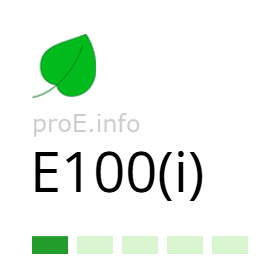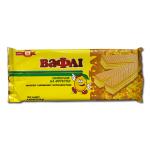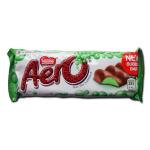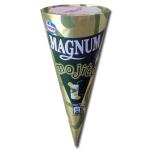
Other names for the additive (synonyms)
General Information
Curcumin (food additive E100(i)) is a bright yellow natural colorant derived from the turmeric plant (Curcuma longa). It belongs to the group of polyphenols, is well soluble in alcohol and ether, but almost insoluble in water. In an alkaline medium, it takes on a reddish-brown hue, while in the presence of mineral acids, its color remains unchanged.
Additive E100i belongs to the group E100 (Curcumins).
Unlike E100(ii) (Turmeric), additive E100i is a more concentrated dye with up to 95% curcumin content.
The chemical formula of curcumin is C21H20O6. Its structure was first identified in 1910.
Main characteristics of E100i:
- Color – yellow-orange;
- Taste – bitter and spicy;
- Smell – resembles camphor.
Curcumin (E100i) is obtained by extracting turmeric root powder first with petroleum ether and then with alcohol. The alcohol extract is standardized to reach the required colorant concentration.
Effects on the Body
Benefits of Additive E100i
Curcumin has a number of medicinal properties:
- anti-inflammatory,
- antioxidant,
- antitumor.
In ancient India, turmeric was used to treat a wide range of diseases. Today, scientific research confirms that curcumin may help reduce the risk of Alzheimer’s disease and support heart health.
Its anticancer effect lies in the ability of curcumin to trigger natural cell death in cancer cells without affecting healthy ones.
It is also known that curcumin molecules can penetrate cell membranes, increasing their resistance to infections.
Risks of Additive E100i
Despite its benefits, excessive intake of curcumin may cause side effects. There is a hypothesis that high doses of curcumin during pregnancy could increase the risk of miscarriage, although this has not been confirmed in large-scale studies.
Potential risks also include chemical residues that may enter the final product during manufacturing, such as acetone, carbon dioxide, or methanol.
Most curcumin is excreted from the body. Only a small amount reaches the liver and is metabolized.
The acceptable daily intake of curcumin is up to 1 mg per 1 kg of body weight.
Research into the effects of curcumin on the human body is ongoing.
Uses
Curcumin is widely used in the food industry as a natural dye capable of coloring both plant and animal fibers in a rich yellow hue. It serves as a natural alternative to synthetic azo dyes.
Additive E100i is used to color:
- cheeses,
- butter, margarine,
- mustard,
- spices (e.g., curry),
- canned foods,
- jams and jellies,
- dehydrated fats,
- carbonated drinks,
- dairy products (yogurt, ice cream),
- sauces,
- ready-made purees and porridges,
- meat and fish products (sausages, cold cuts, etc.).
Curcumin is also used in the confectionery industry and in the production of liqueurs, wines, and other alcoholic beverages.
Due to its strong taste, curcumin as additive E100i is used in the meat industry to enhance the flavor and aroma of finished products.
Legal Status
Food additive E100i is approved for use in the European Union, the United States, and Ukraine. It is included in the Codex Alimentarius, a voluntary food standard developed by the FAO/WHO for safe food production.


